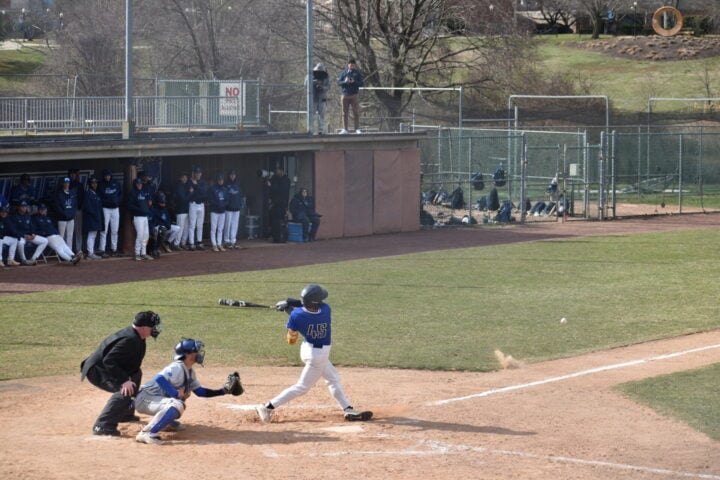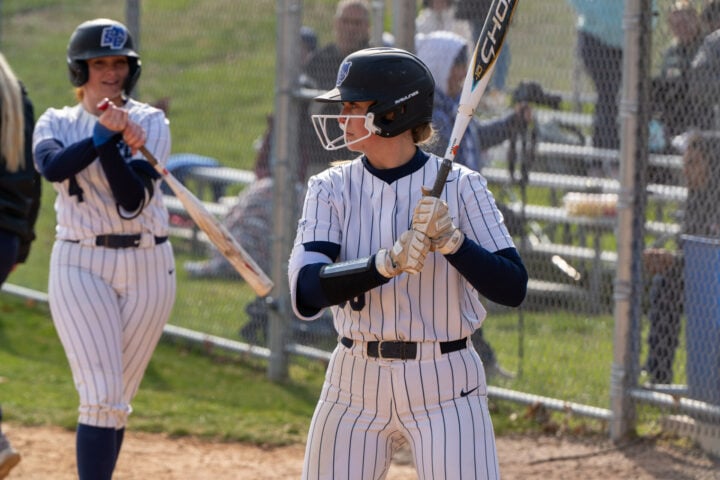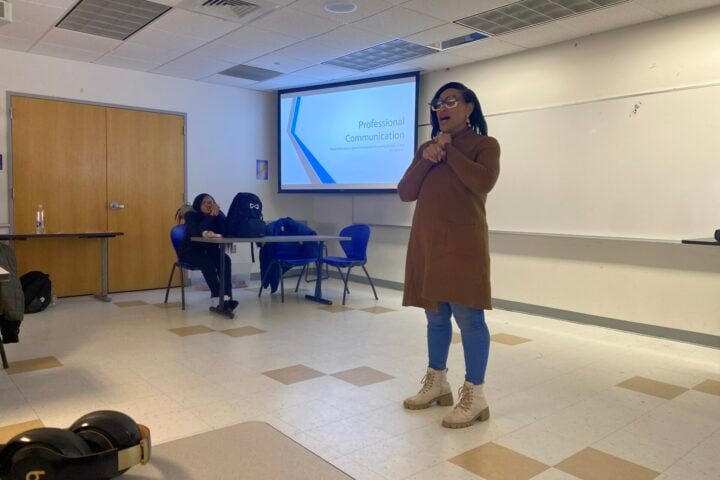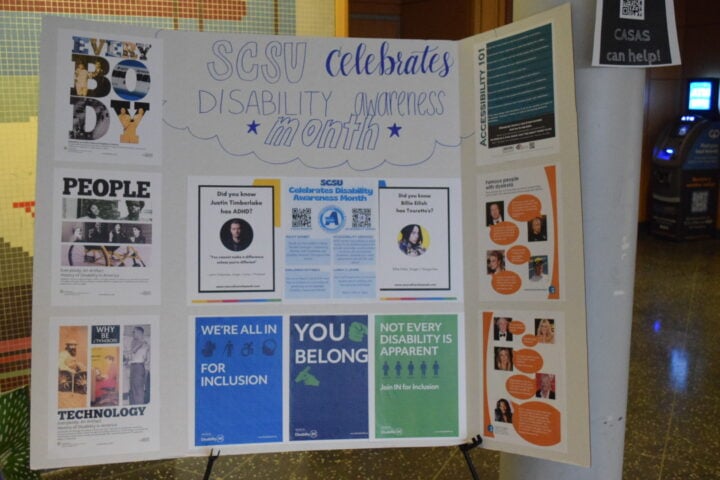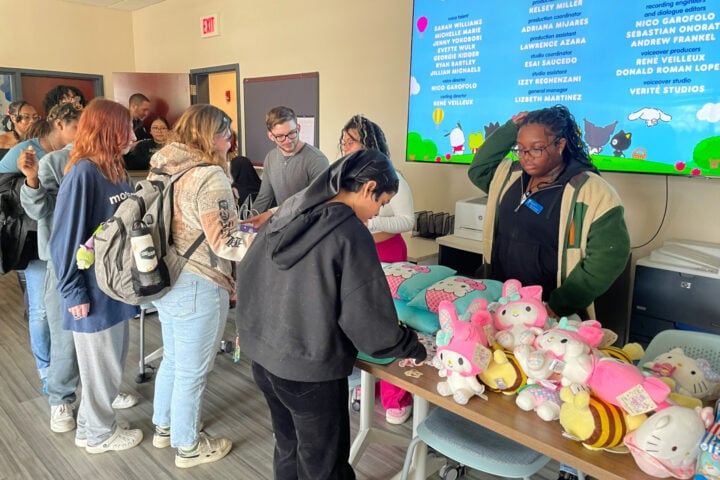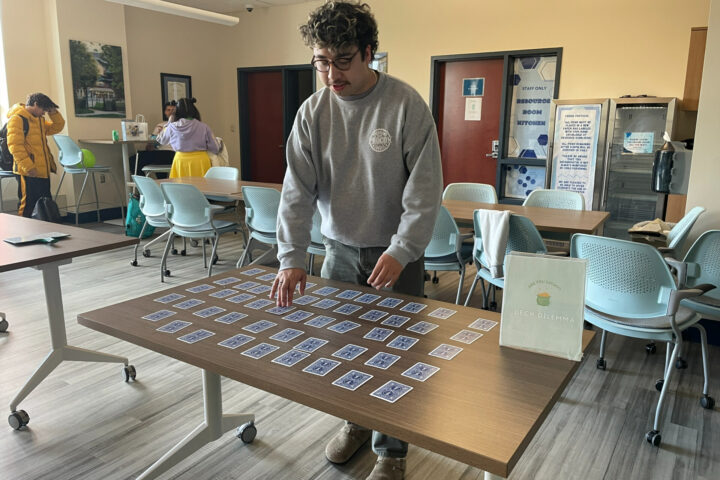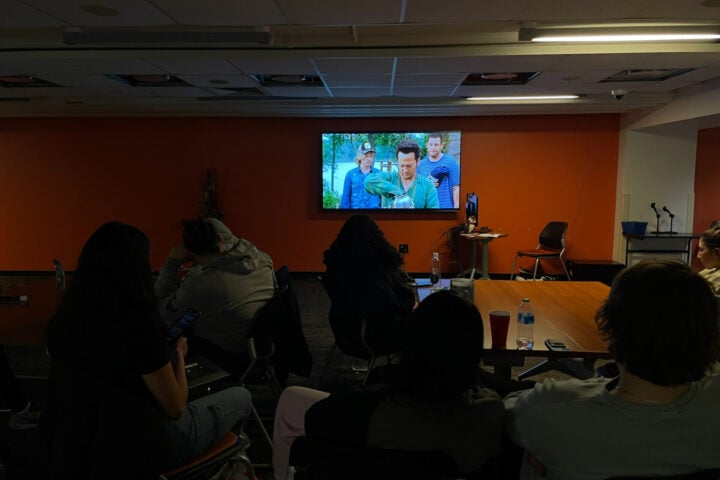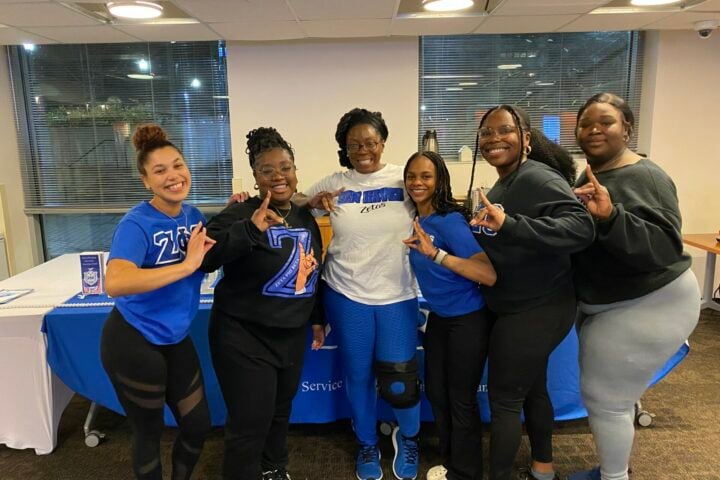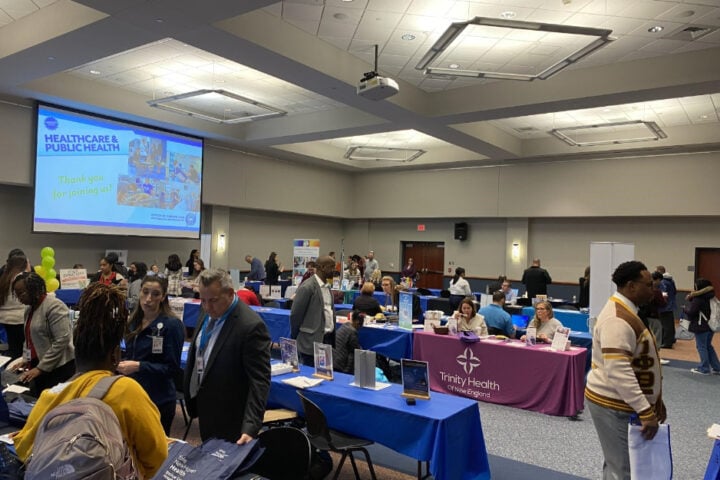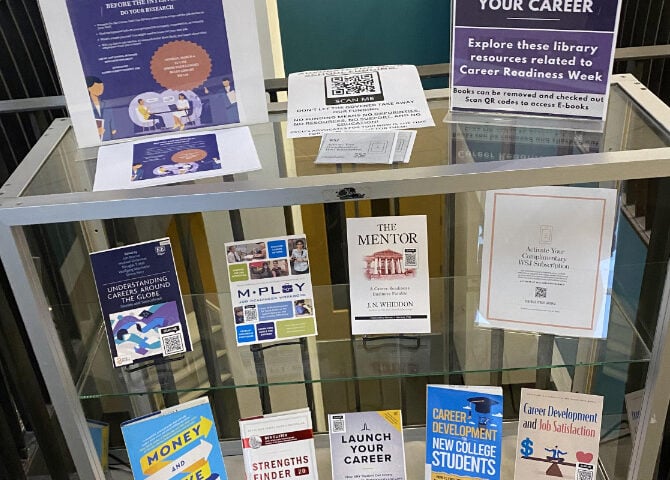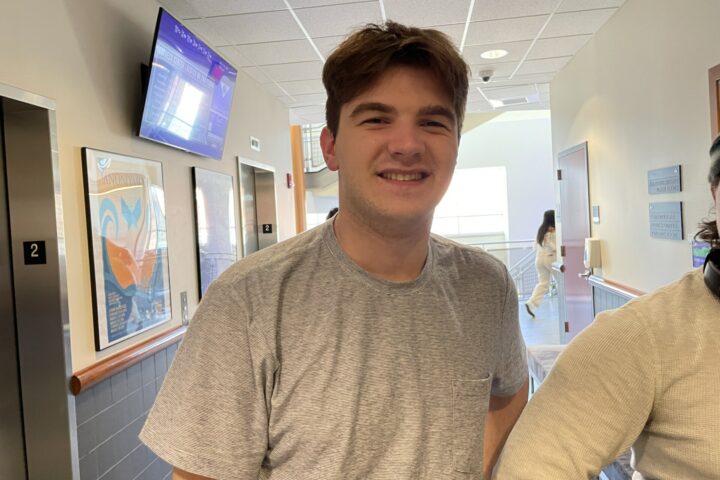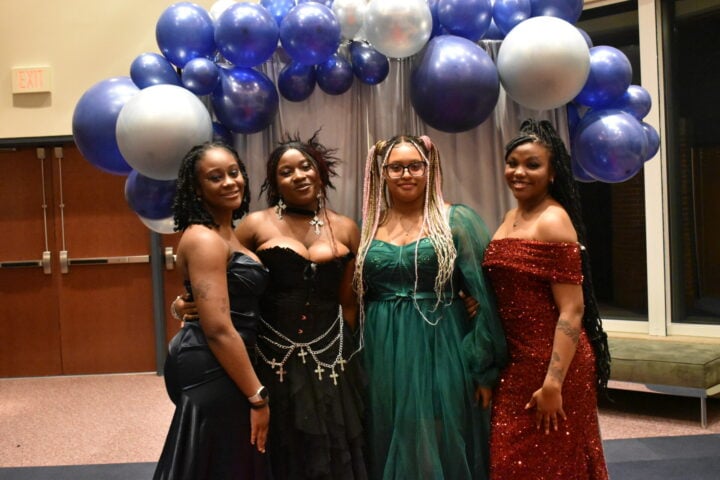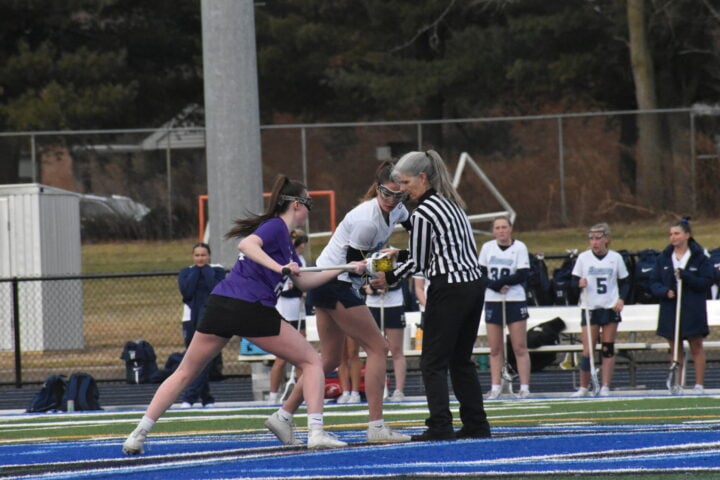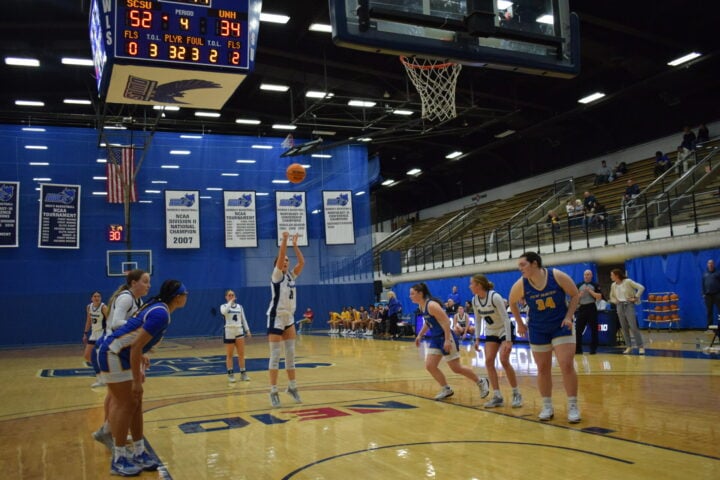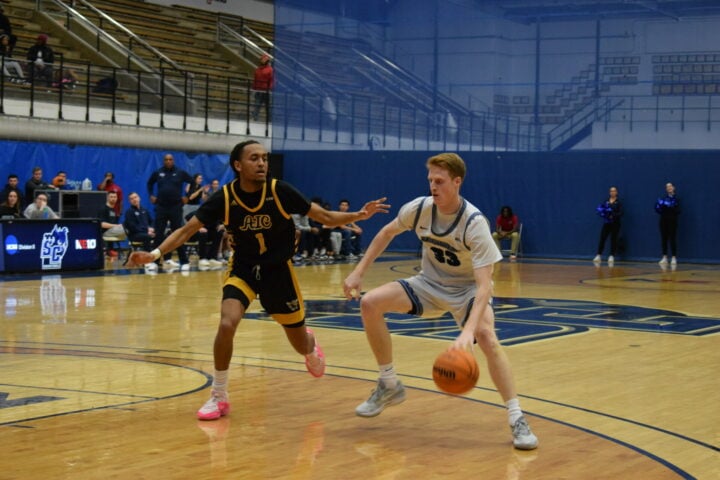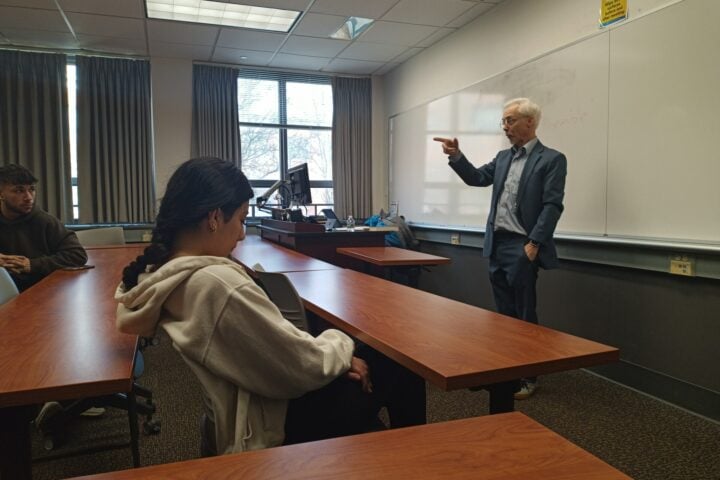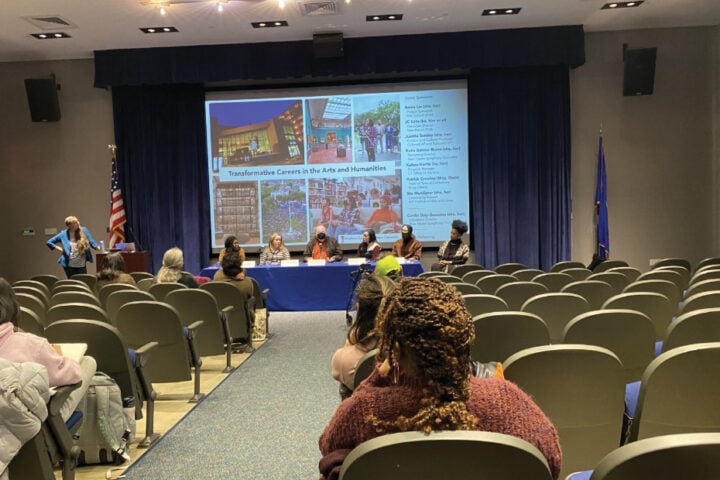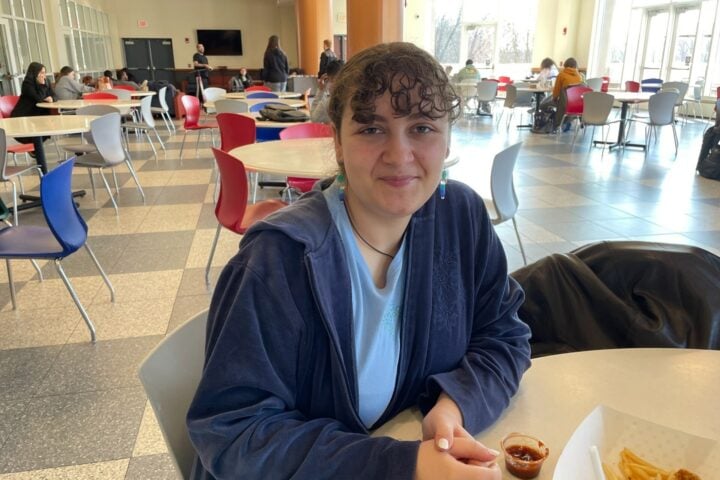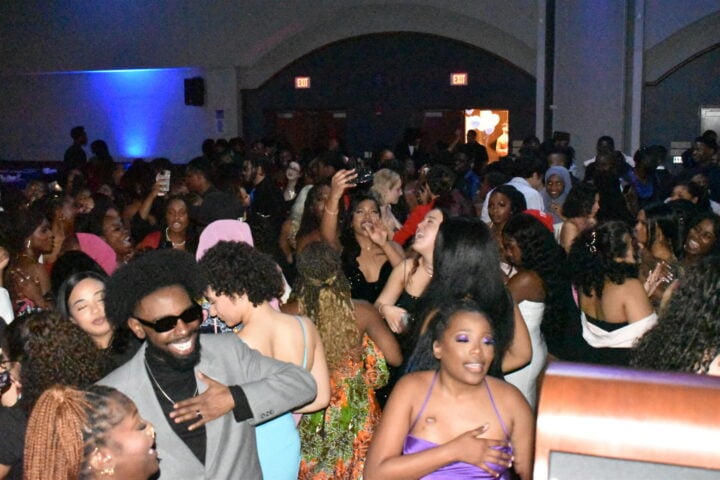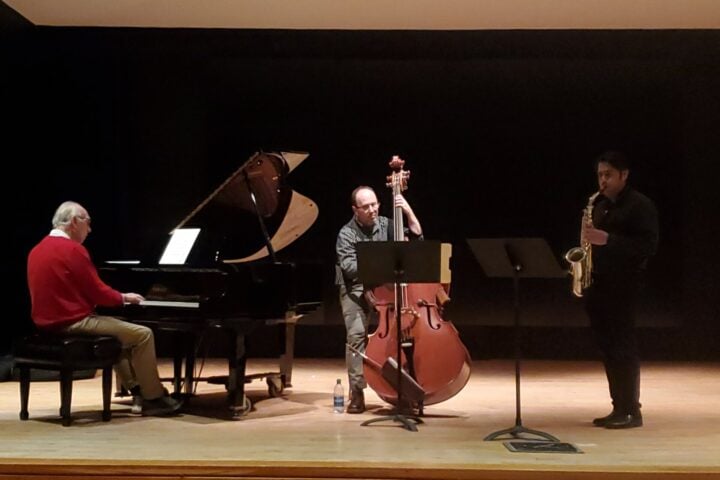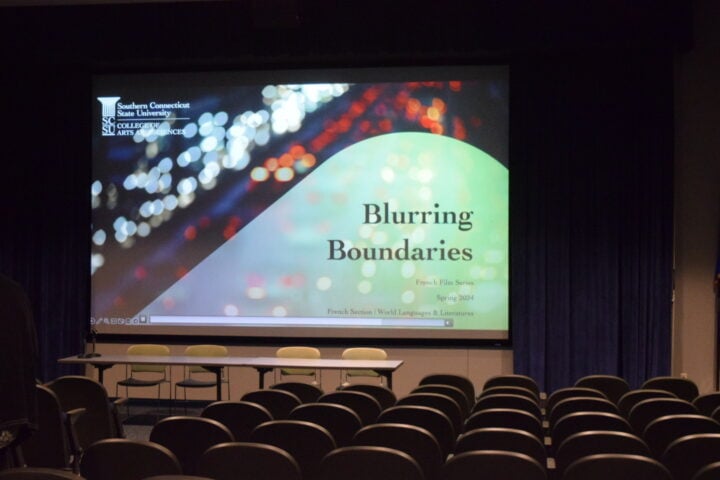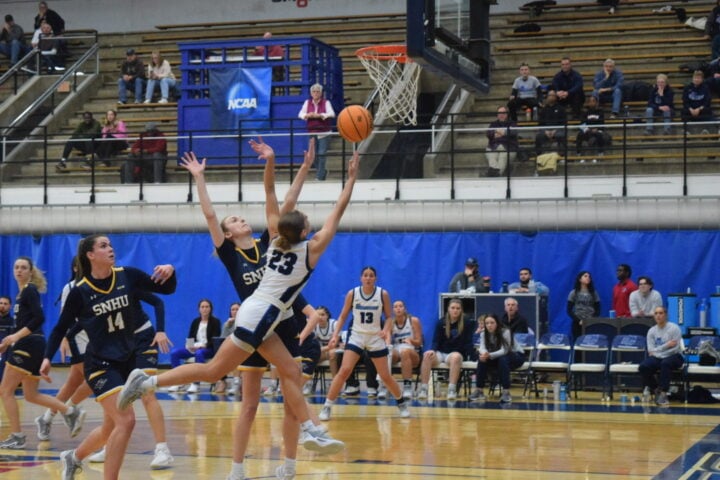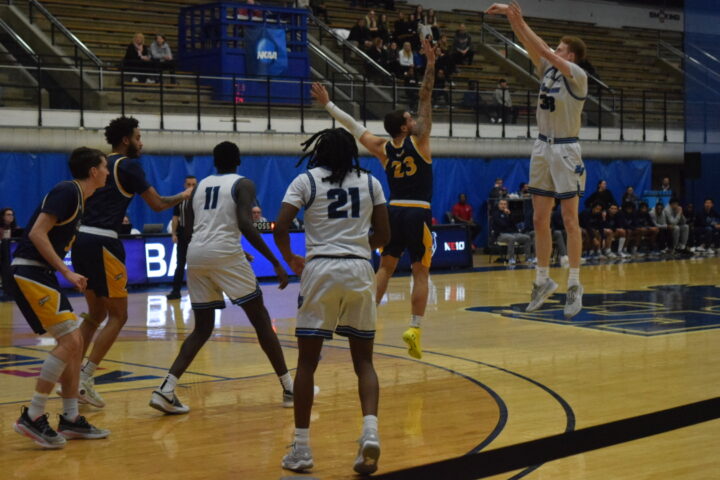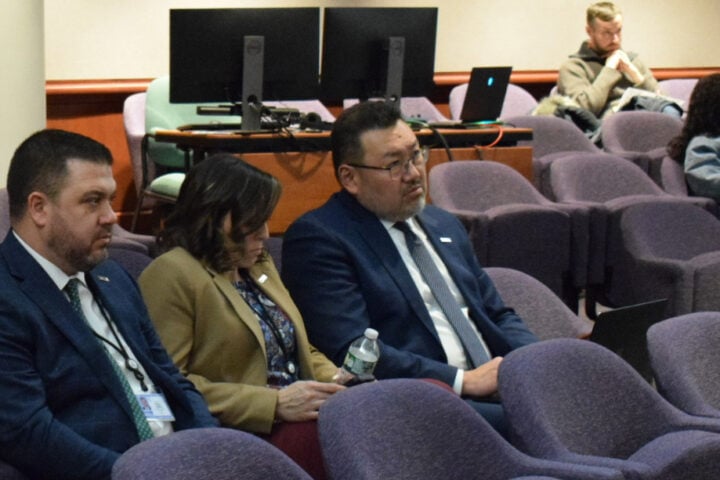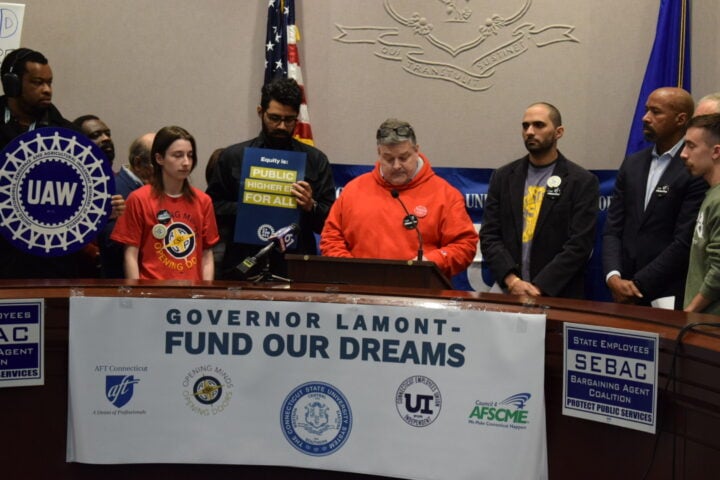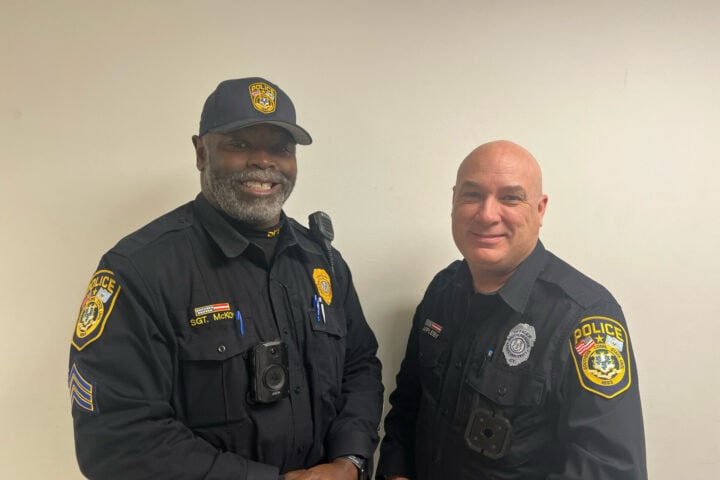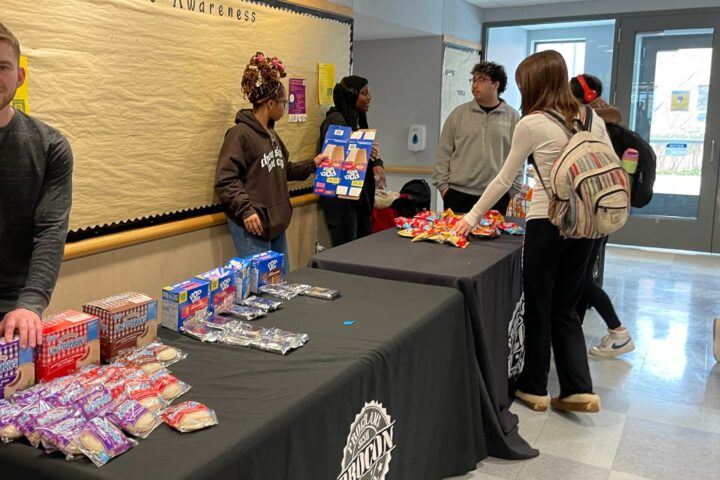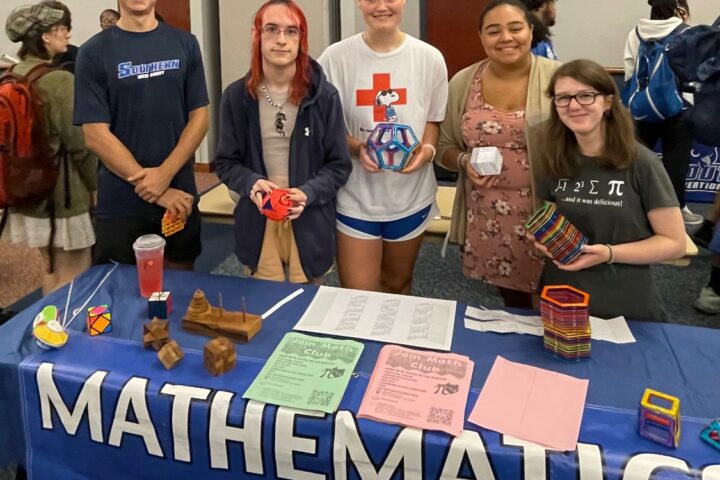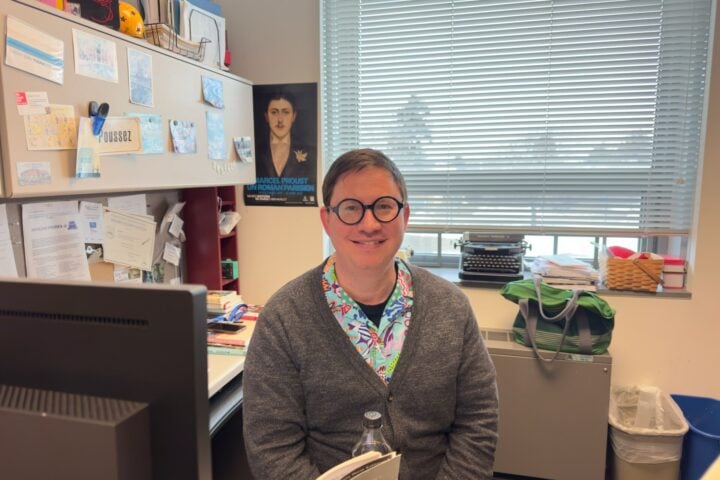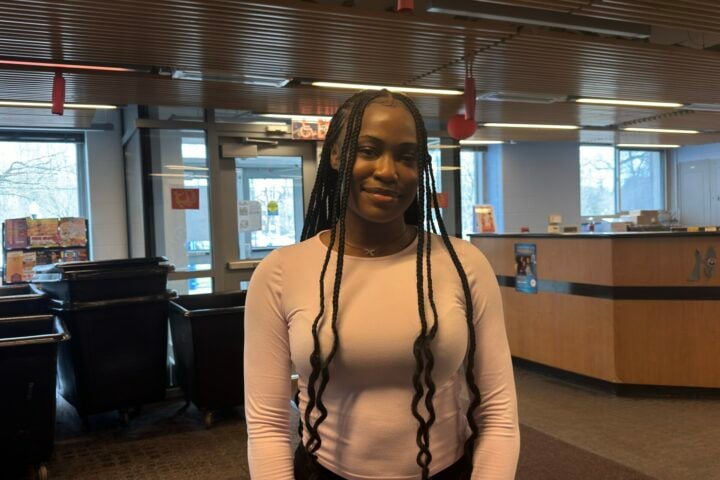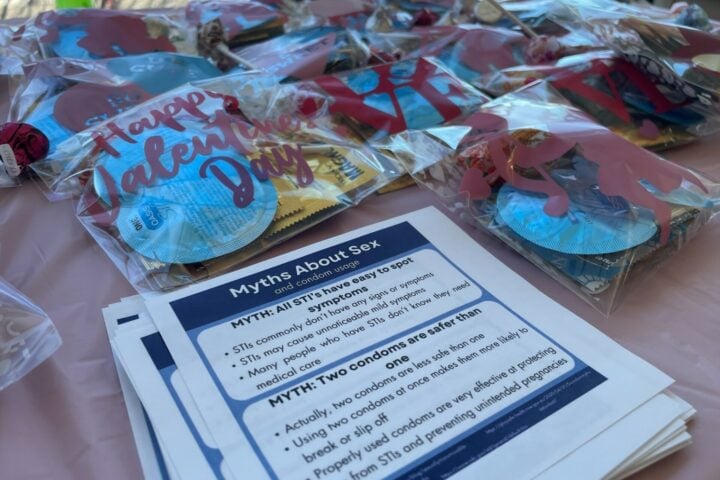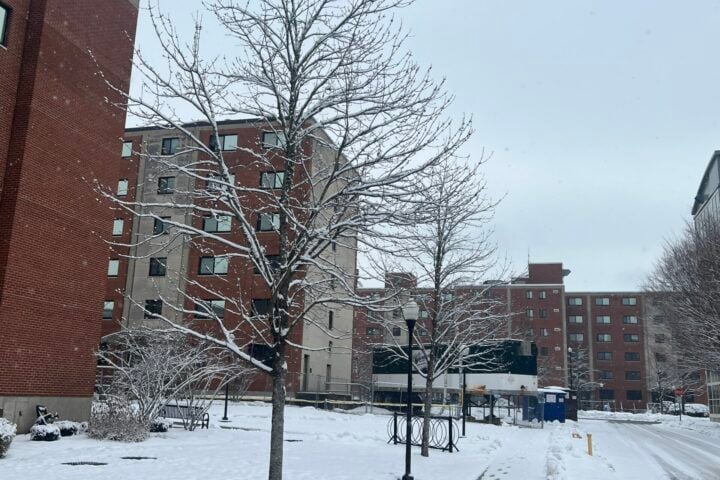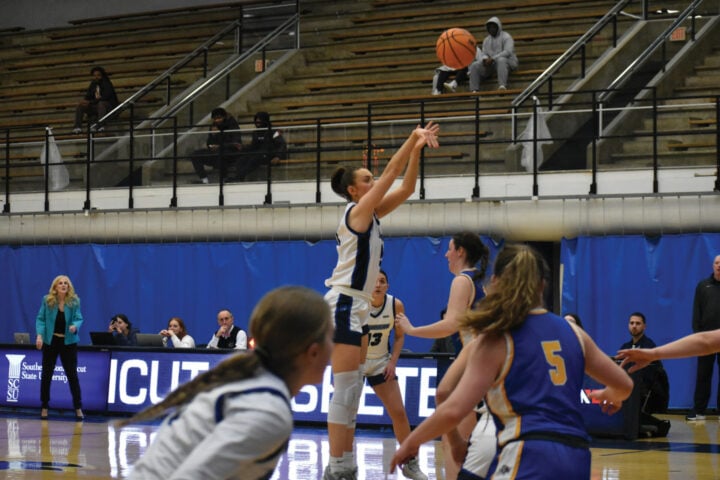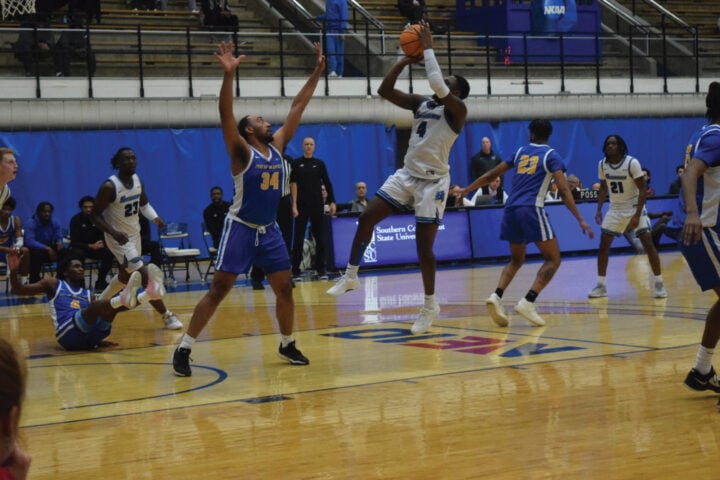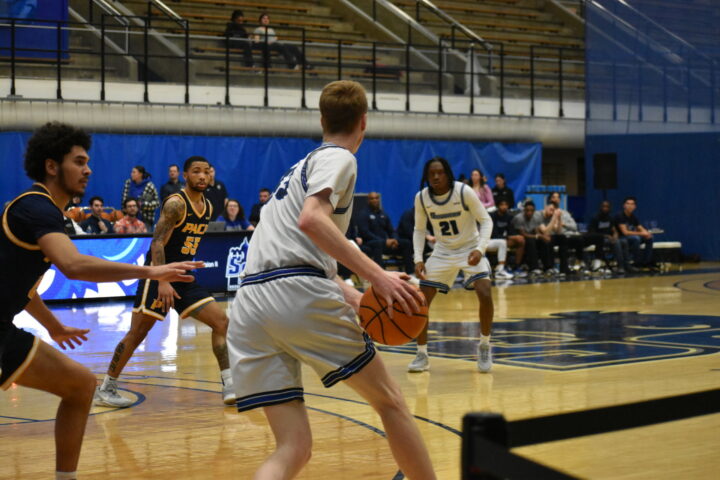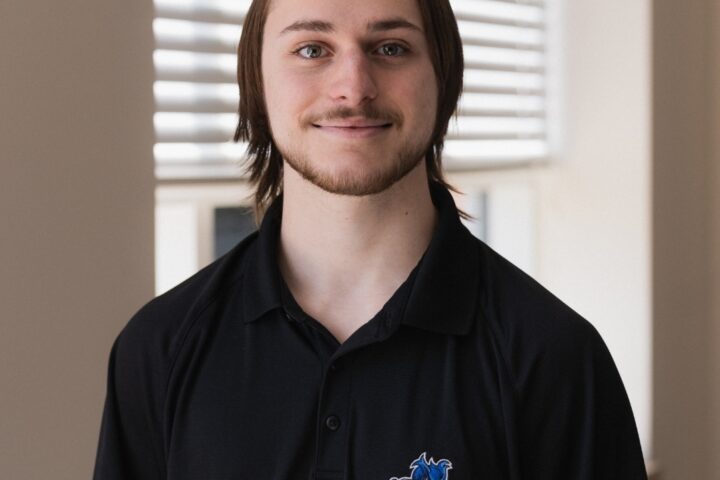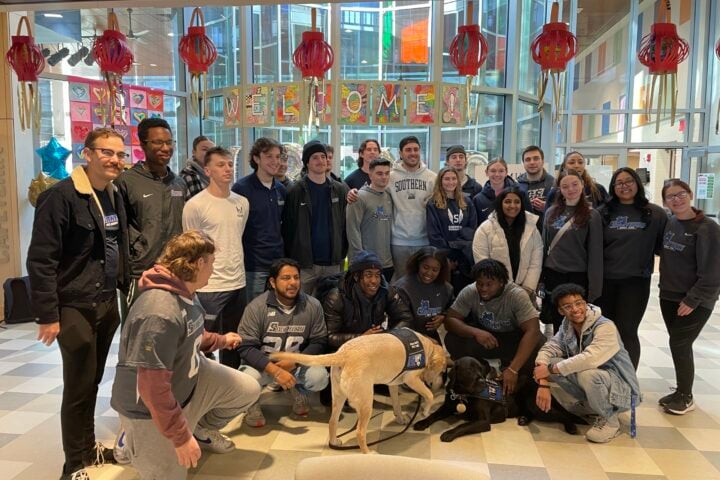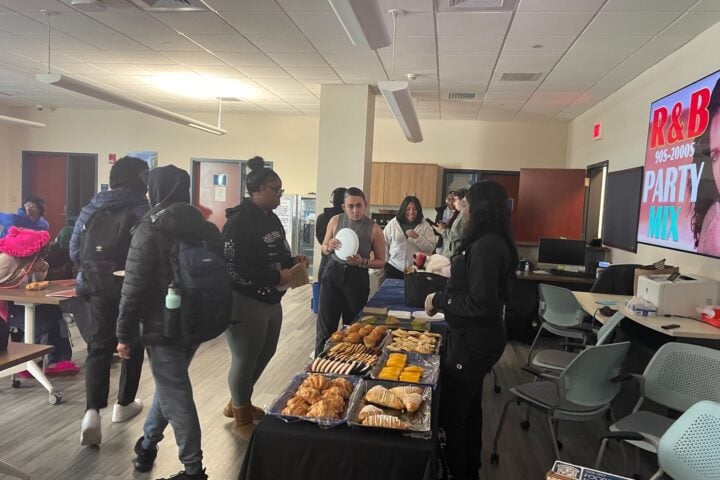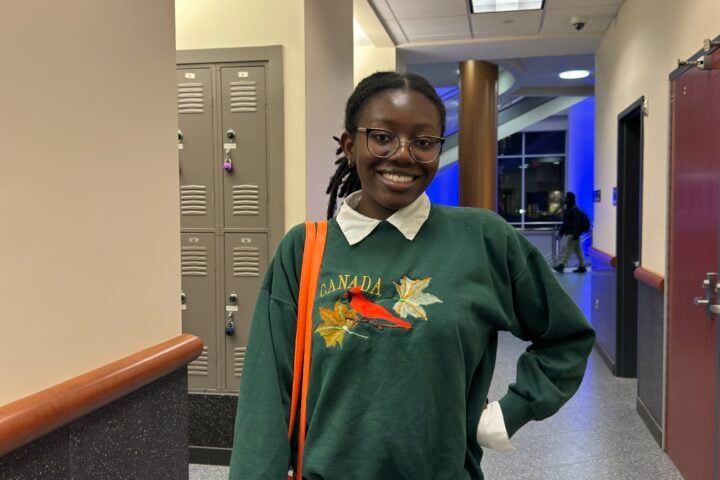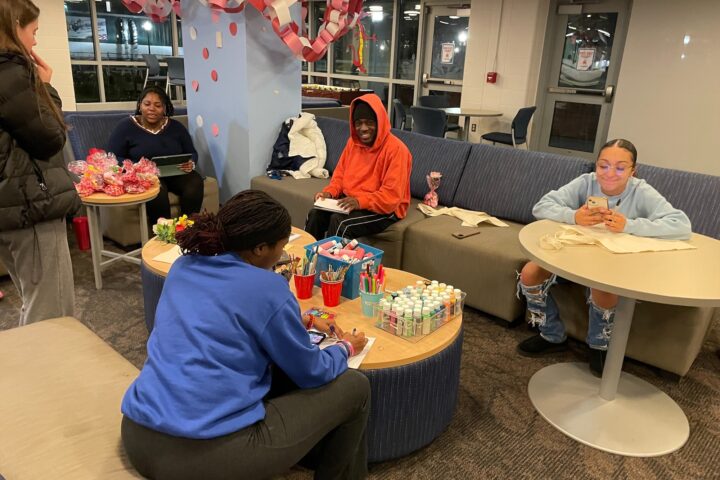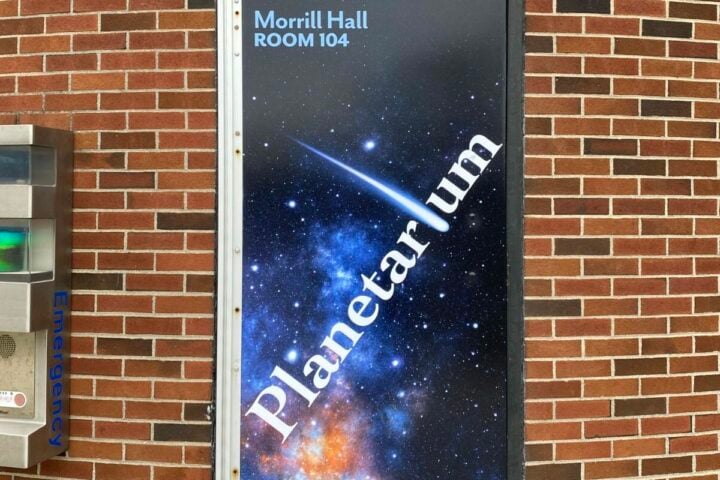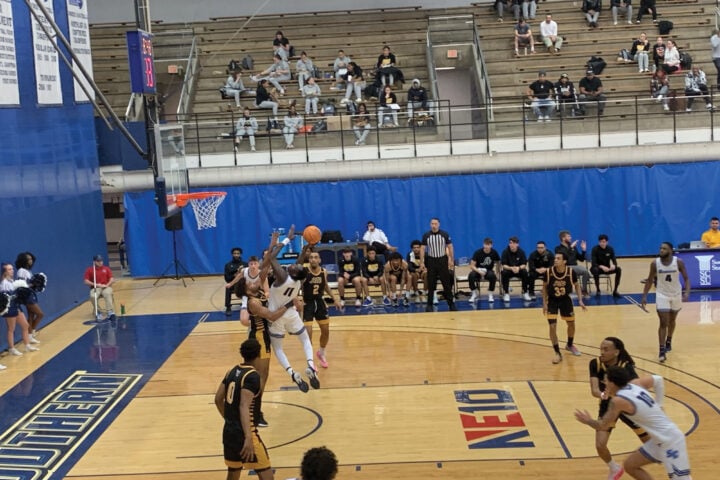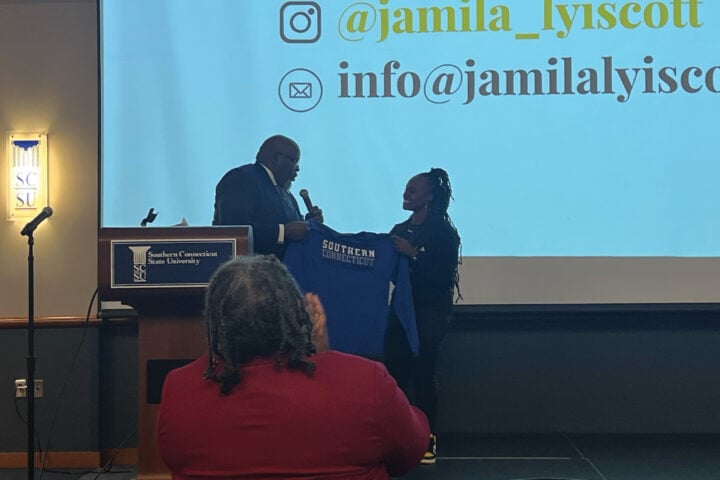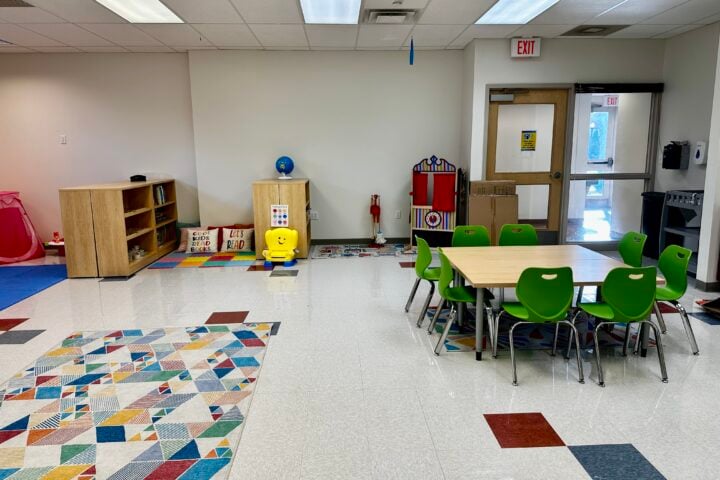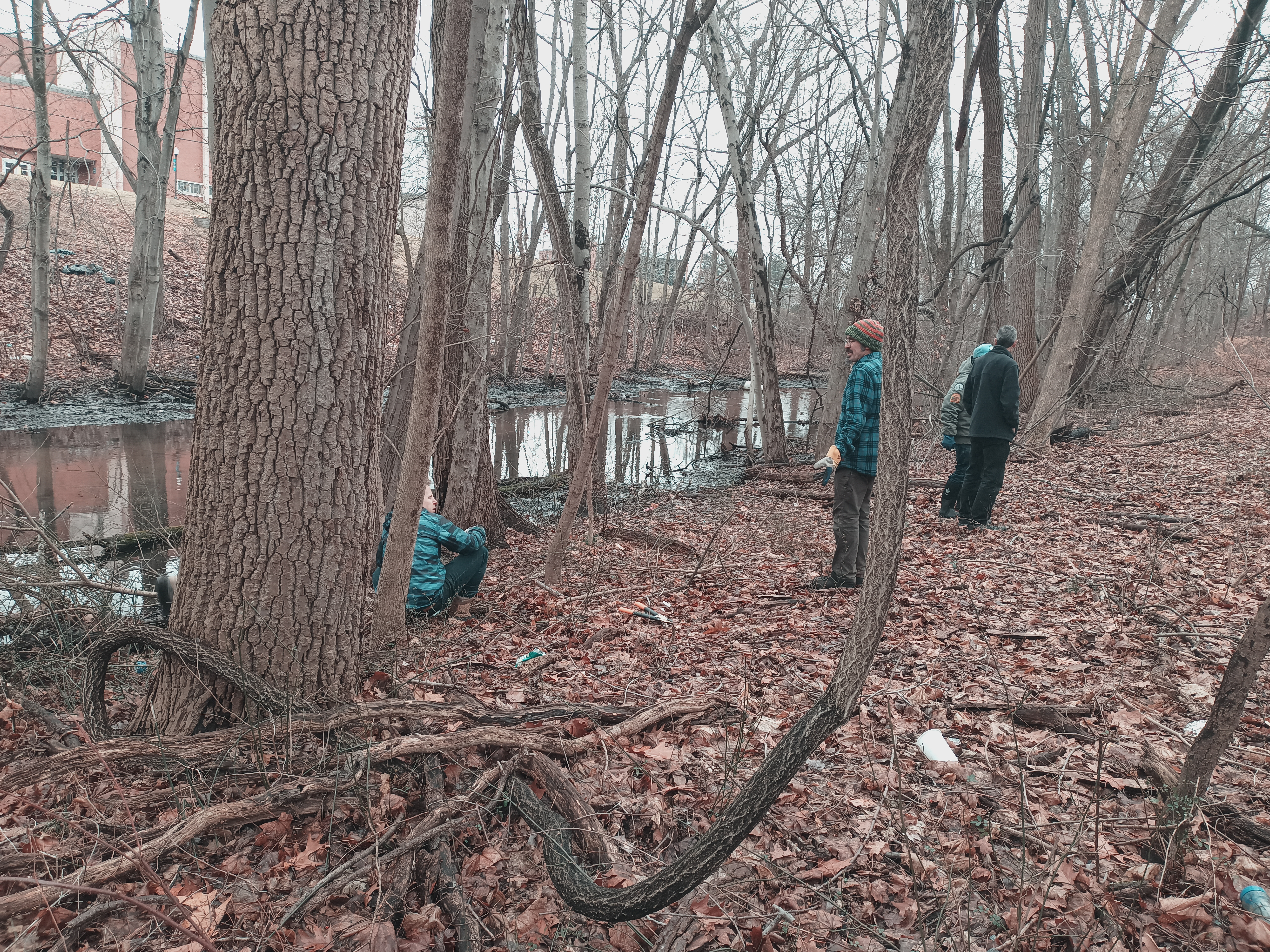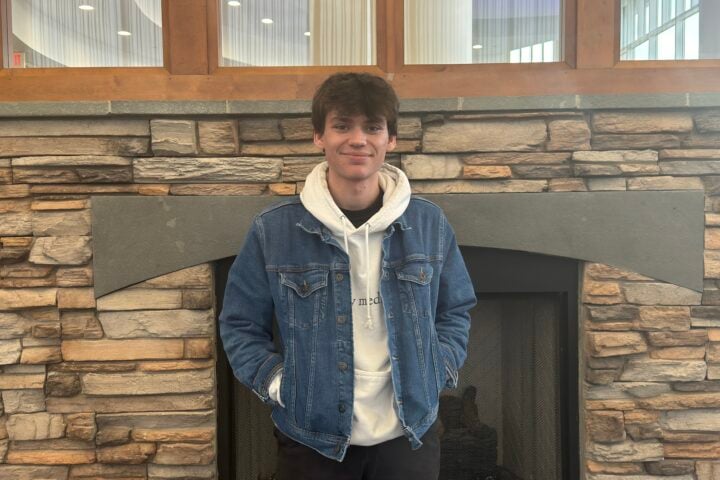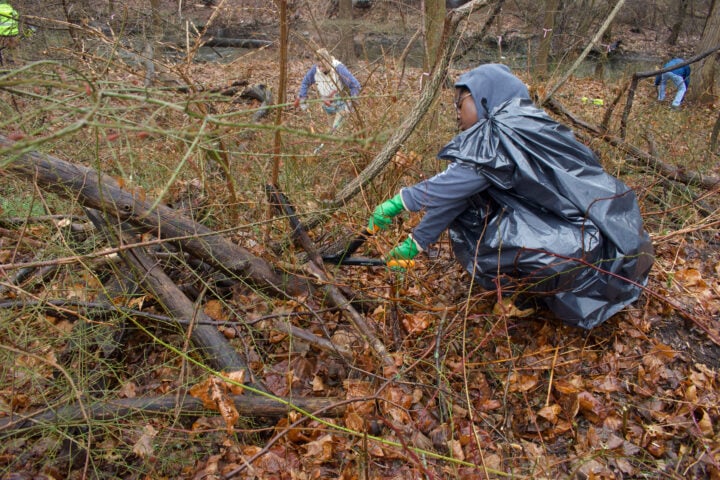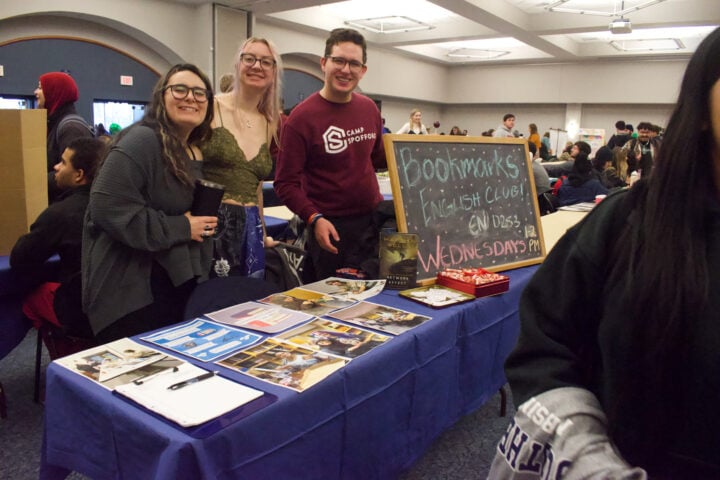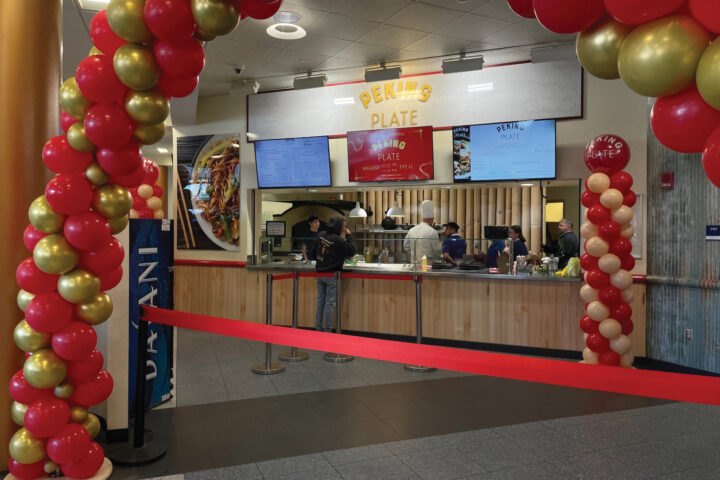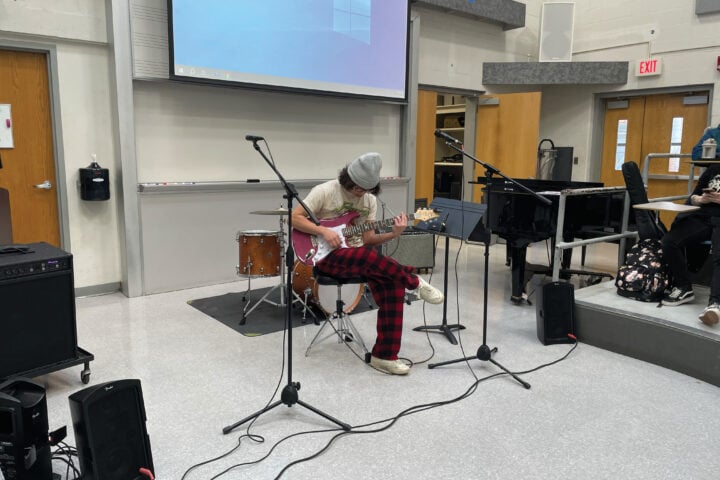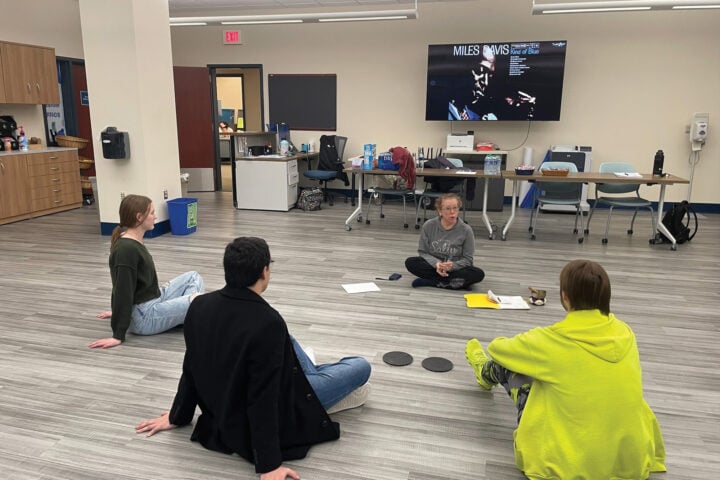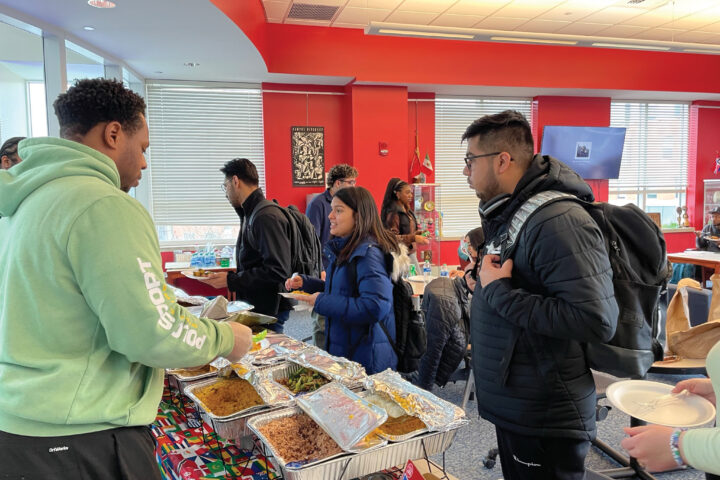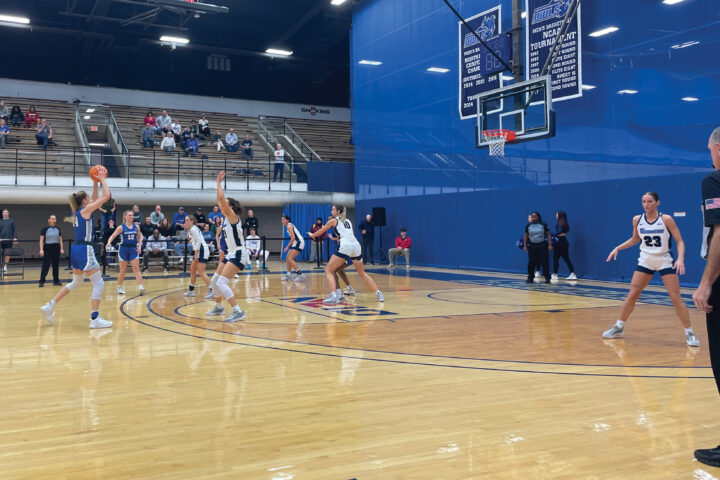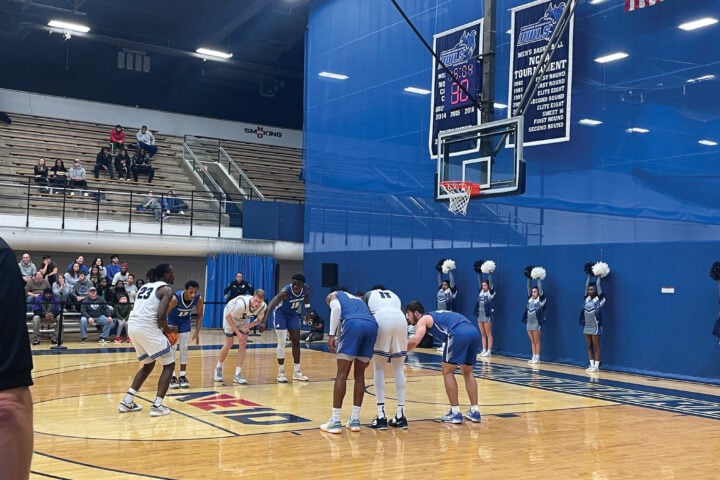Victoria Bresnahan – News Editor
After losing 16 days of potential work due to inclement weather during the summer session, construction workers are now in the process of completing a sidewalk replacement project in front the Adanti Student Center.
Robert Sheeley, associate vice president of capital budgeting and facilities operations, said these projects are usually completed before the semester begins. Workers were able to complete one of the sidewalk projects in front of Connecticut Hall before the official start of the semester.
“Unfortunately, we had a very bad summer as far as weather,” said Sheeley, in a phone interview with the Southern News before the semester began. “An inordinate amount of rain delayed all kinds of outside work. So we are way behind schedule.”
The detrition of the previous sidewalks was too critical to delay repair any further, said Sheeley. The type of damages this pavement experienced may have come from a “bad pour”—something that may be unknown at first—aggregated stone can come up through the concrete and break it, he said.
If this occurs, a sidewalk can become a tripping hazard to pedestrians, said Sheeley. In addition, significant freezing and thawing conditions, salting, or pieces of concrete higher than others, could cause a sidewalk to break.
“Replacing sidewalks is an ongoing maintenance issue that you just accept,” said Sheeley, “it is what it is. Especially when you have high traffic areas like we have. We have all these students and we have trucks going over it because we are plowing. The sidewalk takes a beating.”
Sidewalk repairs can cost the university—176 acres, with a minimum of 7 feet wide sidewalks—anywhere from $100,000 to $200,000 each year, said Sheeley.
Zach Mylen, an accounting major and between his junior and senior year, said once he saw the construction he was “waiting for someone to fall in it” since so many students walk while looking at their phones.
“I think it’s fine going on,” said Mylen. “I just think having more than just cones and caution tape around it, like a physical barrier, maybe something like that would be better. Kind of like one of these metal barricades at a concert. I know its harder for the workers to enter, but its also harder for someone to fall into.”
Mylen said he did not notice the detetoration of the previous sidewalk.
During the beginning of spring, Sheeley said facilities operations members examine the university’s sidewalks to determine which need to be repaired.
“Those that have been identified as a problem we certainly go to those first,” said Sheeley. “Then we do our own inspections and we note where we have to replace sidewalks because they become a hazard.”
The repairs are coordinated through a state contractor and do not need to be bided, he said. Once the contractor returns with a price, they are authorized to proceed with the projects. Southern is not the only client of the contractor, however, so the university is placed in a queue, said Sheeley.
“Usually we are in the queue for July,” said Sheeley. “Sometimes june, but most of the time July. So once again, like I said, we have lost at least 15 days due to rain. That is significant. I have been here 28 years—this is the worst summer as far as weather and our ability to do things outside because of all the rain.”
In addition to these repairs, facilities operations renovated Lot 9, the student parking lot near Brownell Residence, a Geographic Information Systems lab in Jennings Hall, and a new holding cell and interview room in Granoff Hall’s university police department.
Still under construction, but nearing completion, University police chief, Joseph Dooley said the the police department needed the holding cell as a “safe and secure” place to possibly detain arrestees. Construction began following spring commencement, and, Dooley said, he hopes it will be completed within the next few weeks.
The new area creates a space for fingerprinting, and for photos to be taken for an interview process. While the university does not keep arrestees overnight, it could hold them for up to two hours before being transported or released on bond, Dooley said.
“It is right off the back door,” said Dooley. “It is a safe and secure area with cameras.”
Prior to construction, arrestees would be walked down a hallway and brought to a room across from Dooley’s office. Now, once arrestees enter the area they will be brought to the AFIS machine, an intoxicalizer if necessary, a mug shot can be taken, and, if necessary, held in a holding cell if detained.
The need for this space began after suspects from car-jackings that occurred on campus last fall semester needed to be held, Dooley said.
“It is also part of best practices,” said Dooley. “We are pursuing accreditation with the state of Connecticut and we are redoing our policies. I come from that environment where we have a a safe and secure area. So it is safety first and foremost for the officers, safety for the person we have in custody, and safety for the community.”
Photo Credit: August Pelliccio






















